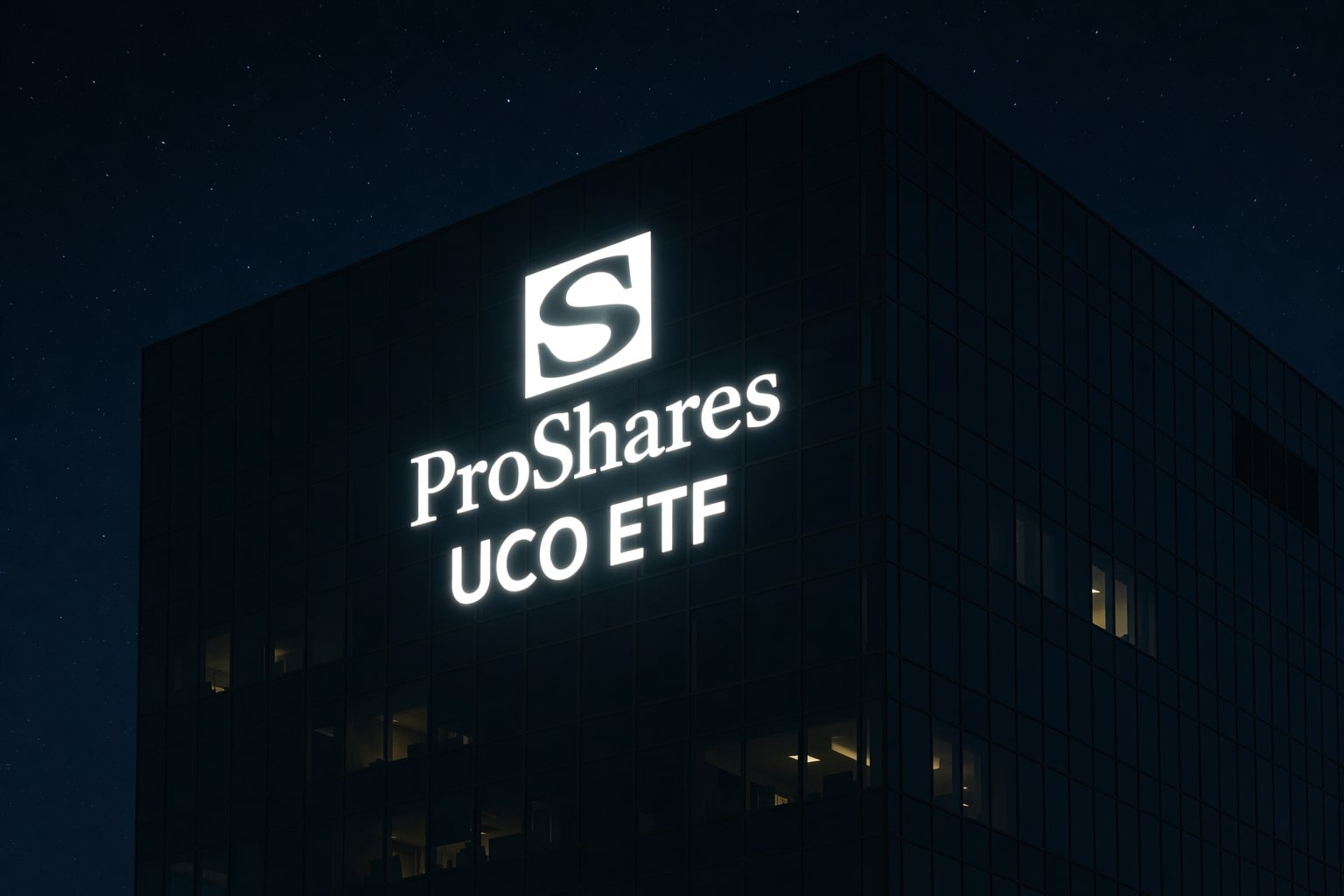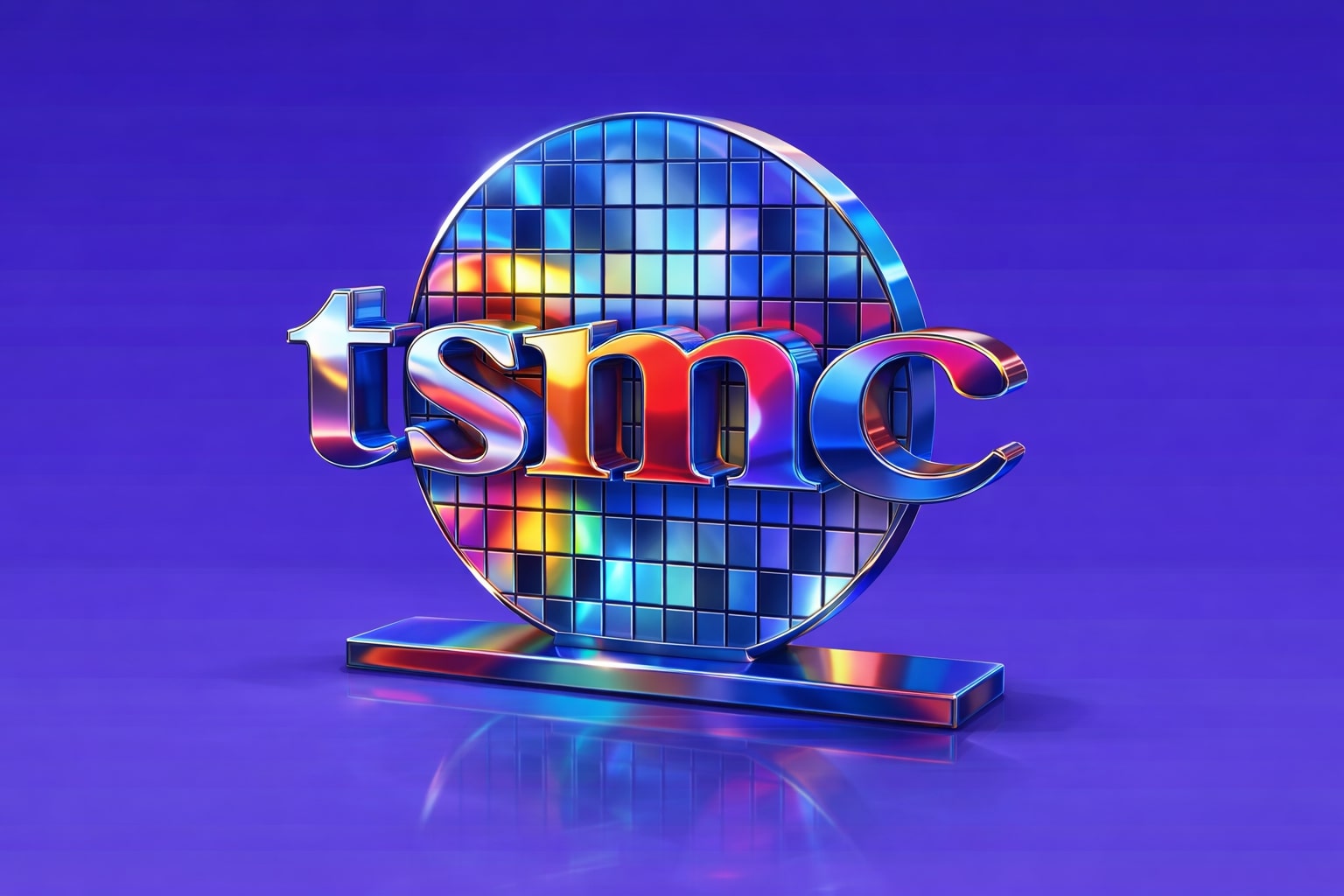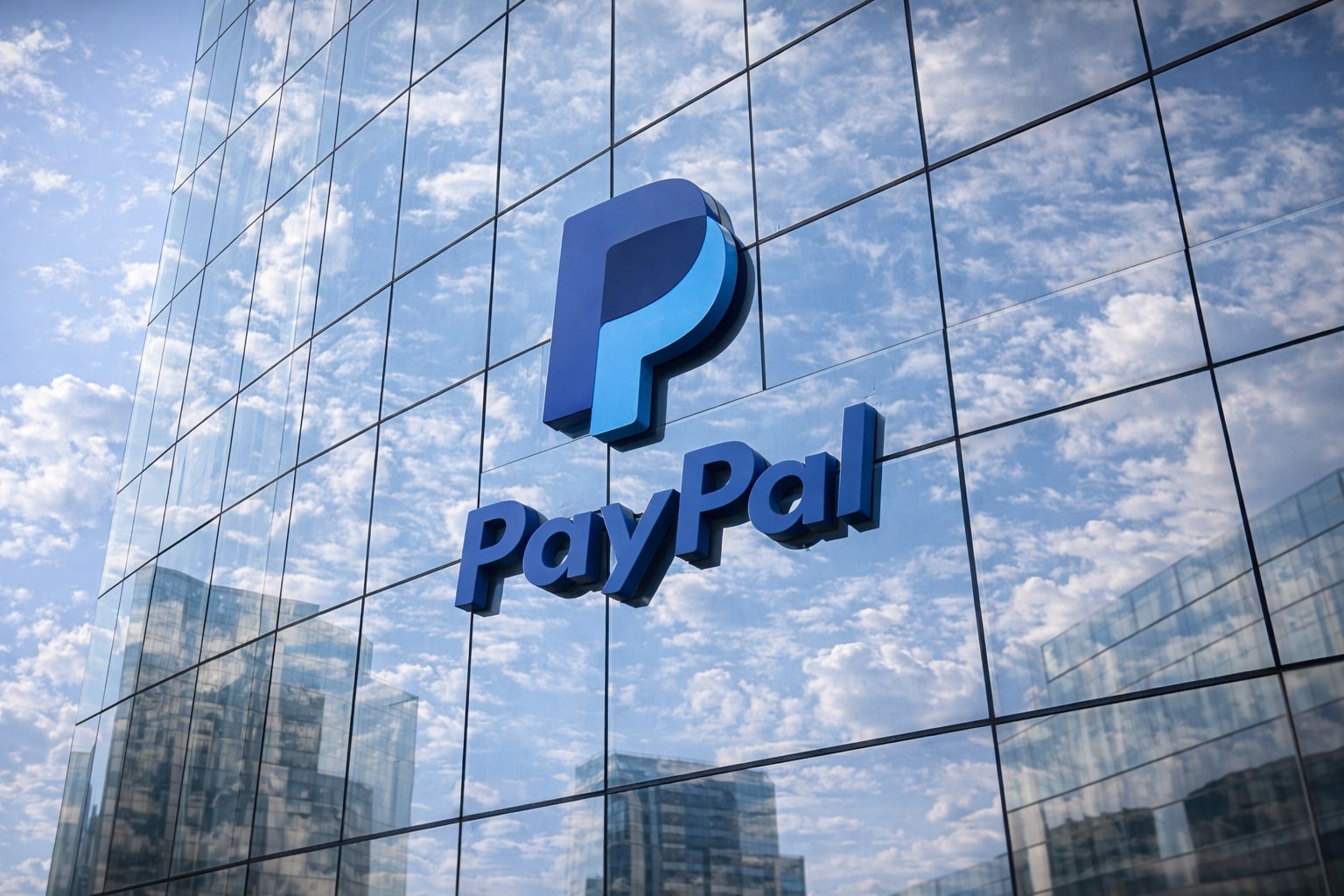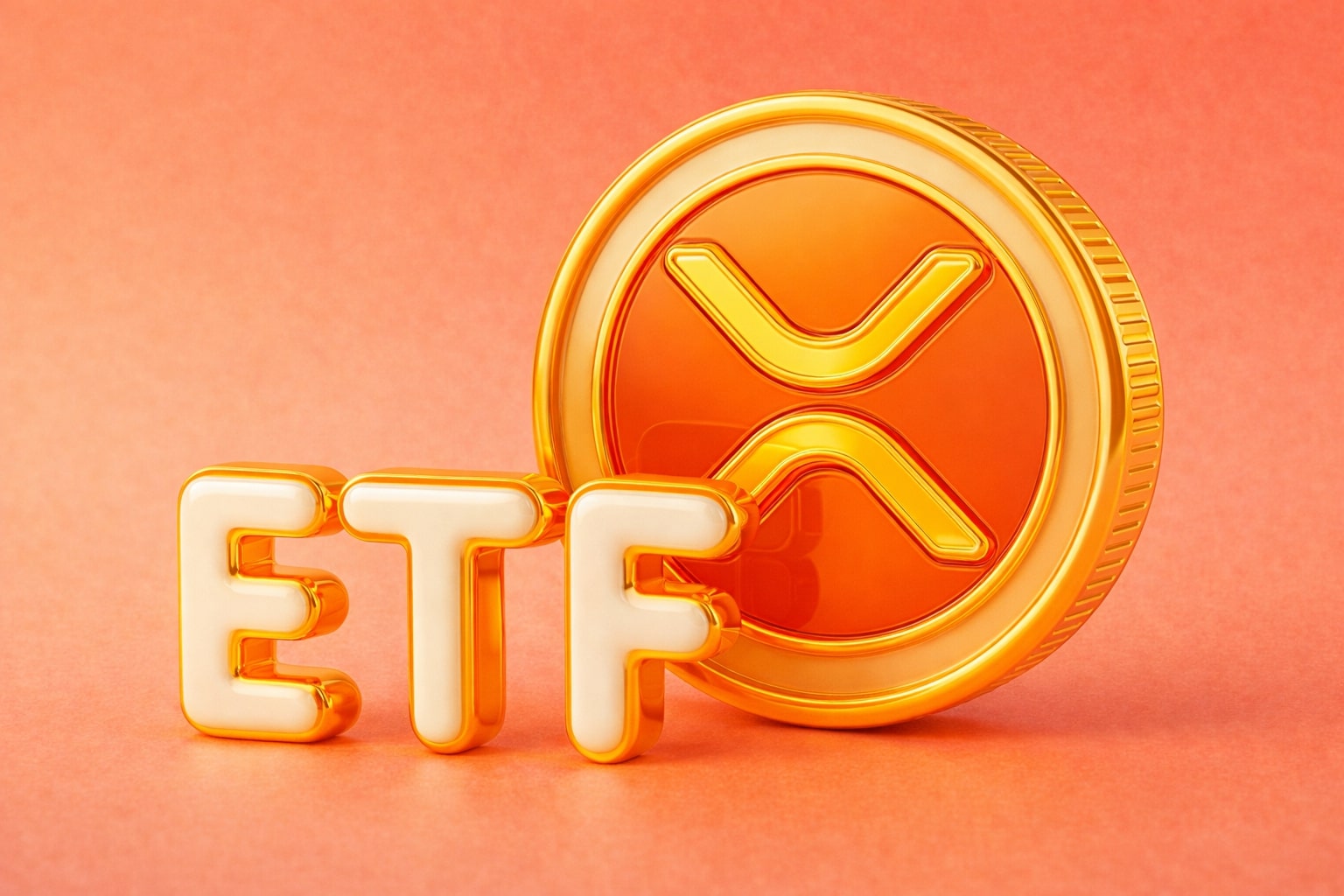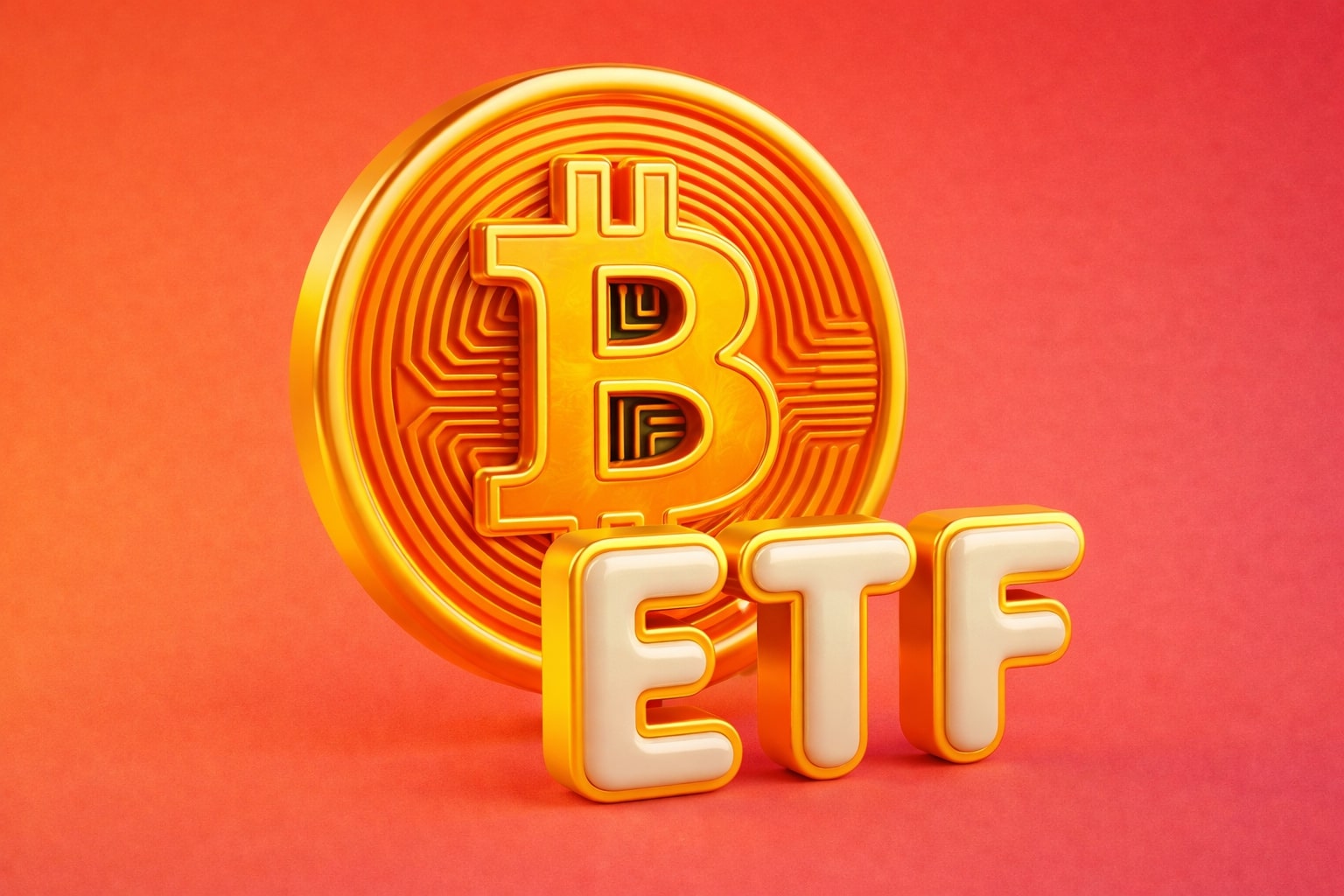ASML (NASDAQ:ASML) Stock Analysis – AI Growth, High-NA EUV Ramp, and Mistral AI Bet
Strong Earnings Momentum at NASDAQ:ASML
ASML Holding N.V. (NASDAQ:ASML) continues to demonstrate its central role in the semiconductor ecosystem, with Q2 2025 results underscoring powerful earnings growth and margin expansion. Revenue climbed 31% year-over-year to €8.95 billion, while earnings per share surged from $4.39 to $6.86. Gross margin held at 53.7%, supported by elevated upgrades of the NXE:3800 installed base, while operating margin reached 34.6%. Net income expanded to €9.42 billion on a trailing twelve-month basis, with diluted EPS of 28.32, up more than 45% YoY. Free cash flow generation was robust at €8.56 billion, backed by a balance sheet holding €7.25 billion in cash against only €3.7 billion in debt, giving ASML substantial room to invest in innovation and shareholder returns.
NASDAQ:ASML Secures Unique Market Position
ASML remains the sole supplier of EUV lithography systems, an unchallenged monopoly that secures its role as the toll gatekeeper of advanced-node production. Every leading-edge semiconductor from TSMC (NYSE:TSM), Intel (NASDAQ:INTC), and Samsung depends on ASML’s EUV machines. With AI infrastructure demand exploding—Nvidia citing a $3–$4 trillion AI capex opportunity—ASML stands to capture the manufacturing backbone of this cycle. President Trump’s tariff exemptions for U.S.-based chip manufacturing further cement this role, as global fabs shift production to American soil, guaranteeing new EUV orders.
The Mistral AI Investment and Strategic Debate
One of the most debated moves by ASML in 2025 has been its $1.5 billion (€1.3 billion) purchase of an 11% stake in Mistral AI, Europe’s leading AI startup. Historically, ASML has limited its equity investments to strategic suppliers like Carl Zeiss SMT (€1.7 billion total in 2016), Cymer ($1.95 billion in 2013), and HMI (€2.75 billion in 2016), all tied directly to its lithography supply chain. The Mistral stake marks a departure, focusing instead on AI application development. Mistral currently lags U.S. rivals like OpenAI and Anthropic in model performance, ranking lower on benchmarks such as Stanford’s Chatbot Arena and MixEval-Hard. This raises investor concerns about capital allocation discipline, particularly as the AI company does not directly strengthen ASML’s manufacturing moat. Management insists the partnership will unlock new AI-driven efficiencies for customers, but the lack of clear synergies has triggered skepticism in the market.
Margins Under Pressure from High-NA EUV
Despite strong results, near-term profitability faces headwinds. CFO Roger Dassen guided gross margin lower for H2 2025, with expectations of 50–52%, down from Q2’s 53.7%. The dilution stems from the initial ramp of High-NA EUV tools, of which ASML has shipped five to customers including TSMC, Intel, and Samsung. Early-stage high-NA recognition carries lower margins, with management noting that two system recognitions can cut gross margin by 350 basis points in a single quarter. Lower upgrade revenue and fading one-off cost benefits from Q2 also contribute to the margin decline. Analysts now expect flat to low-single-digit revenue growth in H1 2026, alongside EPS attrition in the mid-single digits, before a rebound in 2027 as learning curves normalize.
Valuation Profile of NASDAQ:ASML
At $805.59 per share, ASML trades at a market capitalization of $321.1 billion. The stock carries a trailing P/E of 28.45 and a forward P/E of 26.11, both significantly below its historical five-year average near 40x. Price-to-sales sits at 8.21, while return on equity remains extraordinary at 58.2%, underscoring unmatched profitability. Analyst price targets reflect optimism despite near-term volatility: the consensus stands at $840.80, with high targets stretching to $1,100, implying more than 35% upside from current levels. UBS recently upgraded the stock to “Buy,” while Wells Fargo maintained “Overweight” with an €890 target. The forward dividend yield is 0.93%, backed by a payout ratio of just 26.5%, leaving ample scope for increases alongside a multibillion-euro buyback program.
Shareholder Structure and Insider Transactions
Institutional investors hold 17.8% of ASML’s float, with insider ownership negligible at 0.01%. Short interest remains low at 0.76% of float, reflecting confidence in the long-term thesis. Insider activity, which can be tracked through ASML insider transactions, shows no significant selling pressure, reinforcing alignment with strategic execution. The shareholder return mix—dividends plus buybacks—signals management confidence in durable free cash flow generation.















